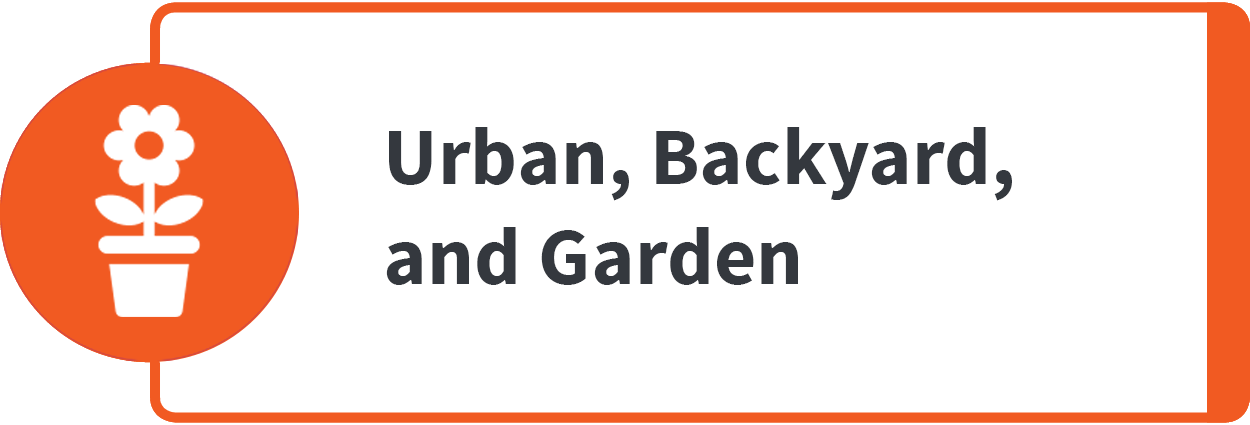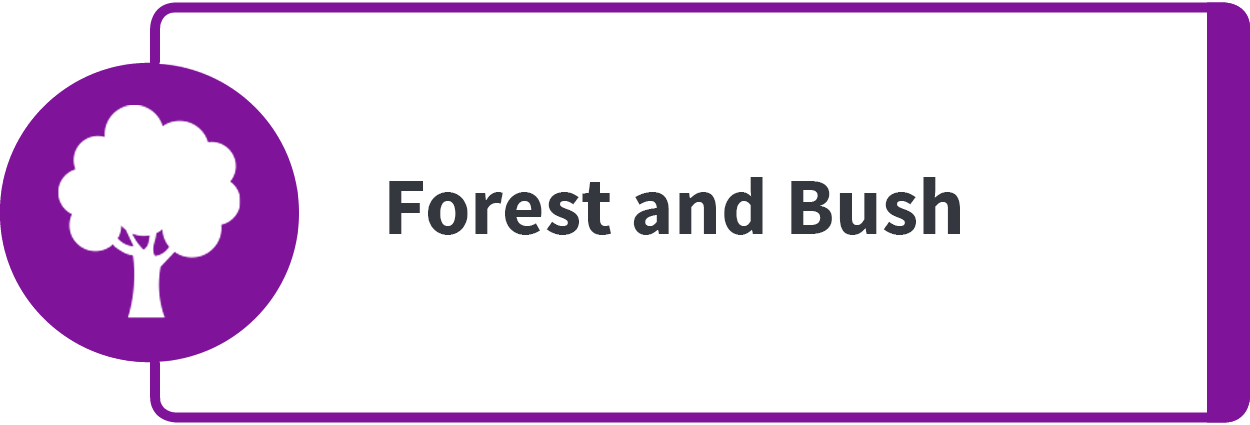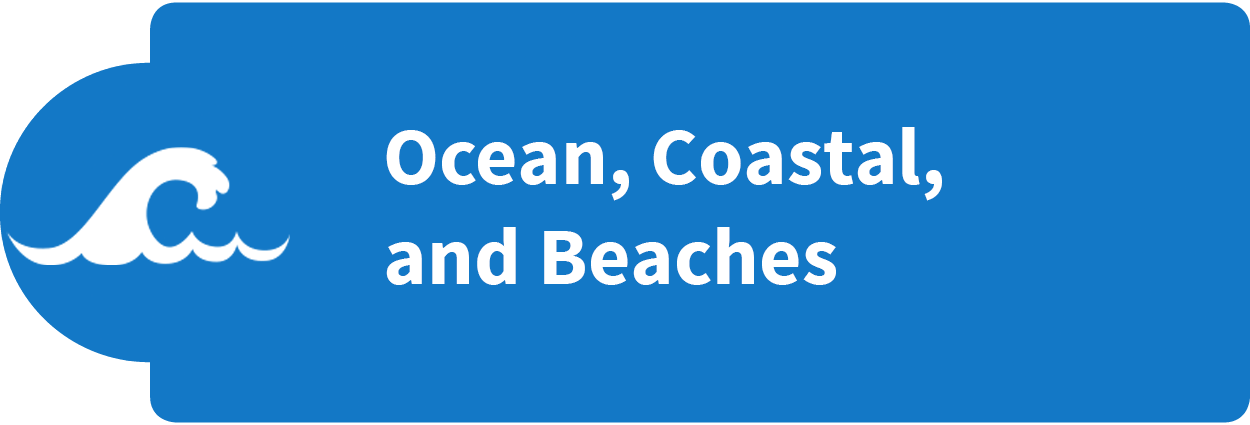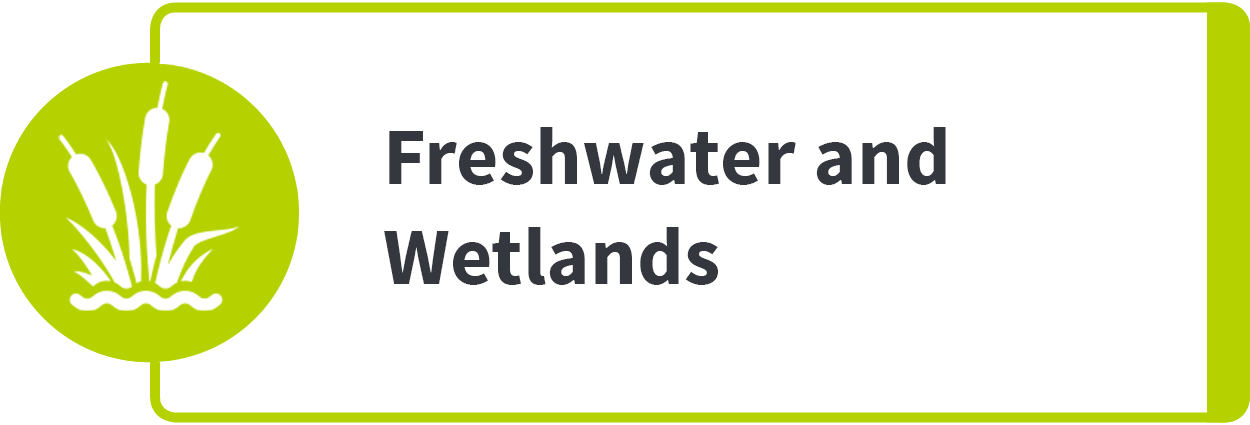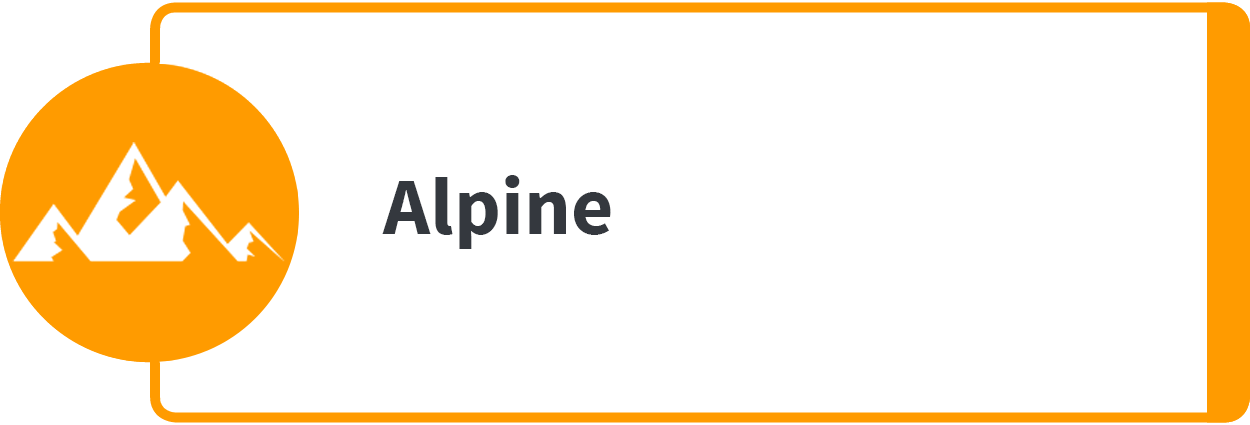Sadly, many of these species are facing many challenges that are leaving them threatened/endangered. It’s extremely important to protect the areas where these animals live. Below are some of the difficulties they face:
.jpg)
Plastic pollution
Rubbish, waste, trash, litter, and garbage – all of these words describe anything that is thrown away that is no longer wanted and/or can no longer be used.
Unfortunately, a big part of this waste is plastic. Plastic of all shapes and sizes that ends up in our ocean, coastal, and beach habitats, polluting the water, and harming precious wildlife. In fact, the ocean is filled with about eight million tonnes of plastic each year. To give you an idea of just how much that is – a single elephant weights 2-7 tonnes. That’s a huge amount of plastic, creating a huge problem!
Animals often ingest (eat) different forms of plastic, mistaking it for food. For example, turtles can mistake plastic bags for jellyfish, which is one of their main food sources. This can sadly lead to impaction of the gut (internal blockage) and/or starvation. Another example is when our vulnerable seabirds eat small pieces of plastic, and then feed it to their chicks. They think they’re giving them appropriate food, but sadly, it is fatal.
Animals also frequently become seriously injured by plastic – whales, seals and fish, to name a few, can be cut by sharp items which can cause serious pain and infection. Wildlife can become entangled in plastic items which can cause life-threatening injuries and/or drowning as well.
Other pollution
Urban and agricultural run-off from chemicals such as pesticides, fertilisers, detergents, oil, fuel, and sewage being dumped into the ocean leads to marine pollution.
This pollution can smother coral reefs, vegetation, cause increase algal blooms that starve the water of oxygen, creating inhabitable areas, and it often poisons, smothers, and kills wildlife.
With more and more people in the world, light and noise pollution becomes an issue for marine life as well by changing their natural behaviours and causing stress.
Climate change and ocean acidification
Climate change affects habitats, wildlife, and people.
Climate change has caused ocean temperatures to rise. This has been a major threat to ocean habitats and the diverse wildlife that lives there. Warmer waters have caused a change in the growth of plants and ocean currents, and therefore, the natural behaviour of several species of animals as well.
In addition to becoming warmer, the water levels of the oceans have risen due to melting ice and water expansion from the heat, which can lead to coastal erosion and flooding.
Not only that, but oceans are also becoming more acidic. About one third of human-emitted carbon dioxide (C02) is absorbed by our oceans globally. This C02 absorption causes a chemical reaction, creating carbonic acid in the water.
This is called ocean acidification and it is extremely harmful to marine animals and habitats. Water becoming more acidic is a threat to all marine life for growth and shelter, but animals such as coral, clams, and oysters are especially at risk. This is because ocean acidification affects calcium carbonate, a chemical these animals need to make their shells.
Fishing
When fishing is not carried out responsibly, there are several issues for habitats, wildlife, and humans.
Animals can also swallow and become entangled in discarded fishing gear like hooks, ropes and nets. These incidents often cause serious injury, or even death from drowning or starvation. Wildlife can also become fatally injured if they’re hit by fishing or recreational boats and their propellers.
Not only that, but physical damage from certain fishing methods, such as seabed trawling and dredging for fish and shellfish can cause widespread damage to the sea floor and the creatures living there. Dredging and trawling can also capture other species that are not wanted and therefore discarded.
Overfishing is a big problem in that it causes the populations of so many fish species to drop. Overfishing prevents these fish from flourishing, takes away other animals’ food sources, destroys habitats, and depletes the source for human food.
Bycatch also endangers many species – including those that are already endangered. Bycatch is when fishing nets catch other unintended marine life, like dolphin and turtles, as well as seabirds.
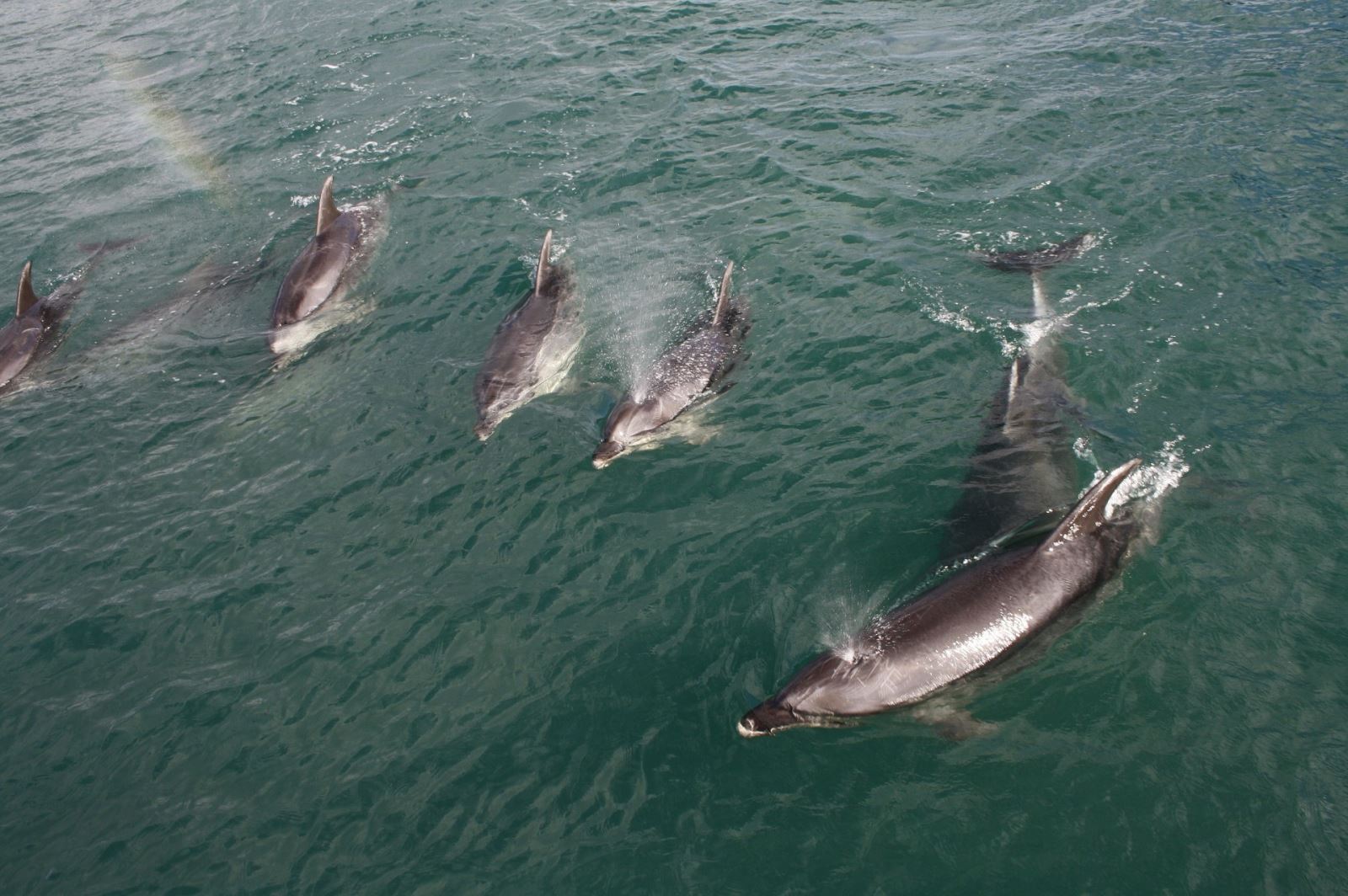
Oil and gas production & seismic testing
Seismic testing is a process used to find offshore oil and gas reserves. This process involves the use of powerful air-guns to blast the ocean floors every 10 seconds. This process seriously affects ocean habitats as it destroys the ocean floor and anything that grows there and sadly causes marine wildlife distress, leaves them with severe injuries, or kills them.
Mining
The increasing demand for minerals and metals has led to seabed mining in search of these resources. Unfortunately, it comes at the cost of wildlife.
Mining causes physical disruptions and destruction to ocean habitats. This process often injures and kills marine wildlife, distresses animals with the sediments clouds, vibrations, and noise it creates, and pollutes the water with toxic chemicals.
Animals with slow growth rates are particularly vulnerable, as they are slower to repopulate. This recovery could take decades, centuries, or sometimes, they do not recover.
Recreational activities
The impact of human recreational beach activities e.g. Jet boating and jet skiing, 4WD on beaches, walking over sand dunes and nesting sites, off lead dogs - can all damage plants and shore bird nests.
Shore birds are easily stressed. People, dogs and vehicles can frighten them and cause them to abandon their eggs, or chicks. Without the protection of both parents, eggs and chicks are unable to survive.
The chicks and eggs of fairy terns, and other shore birds such as the New Zealand dotterel (tūturiwhatu) and Chatham Island Ostercatcher (tōrea), are well camouflaged. This is great protection from predators that may fly above them, but their great camouflage makes it highly likely a person could step on an egg or chick without even realising.
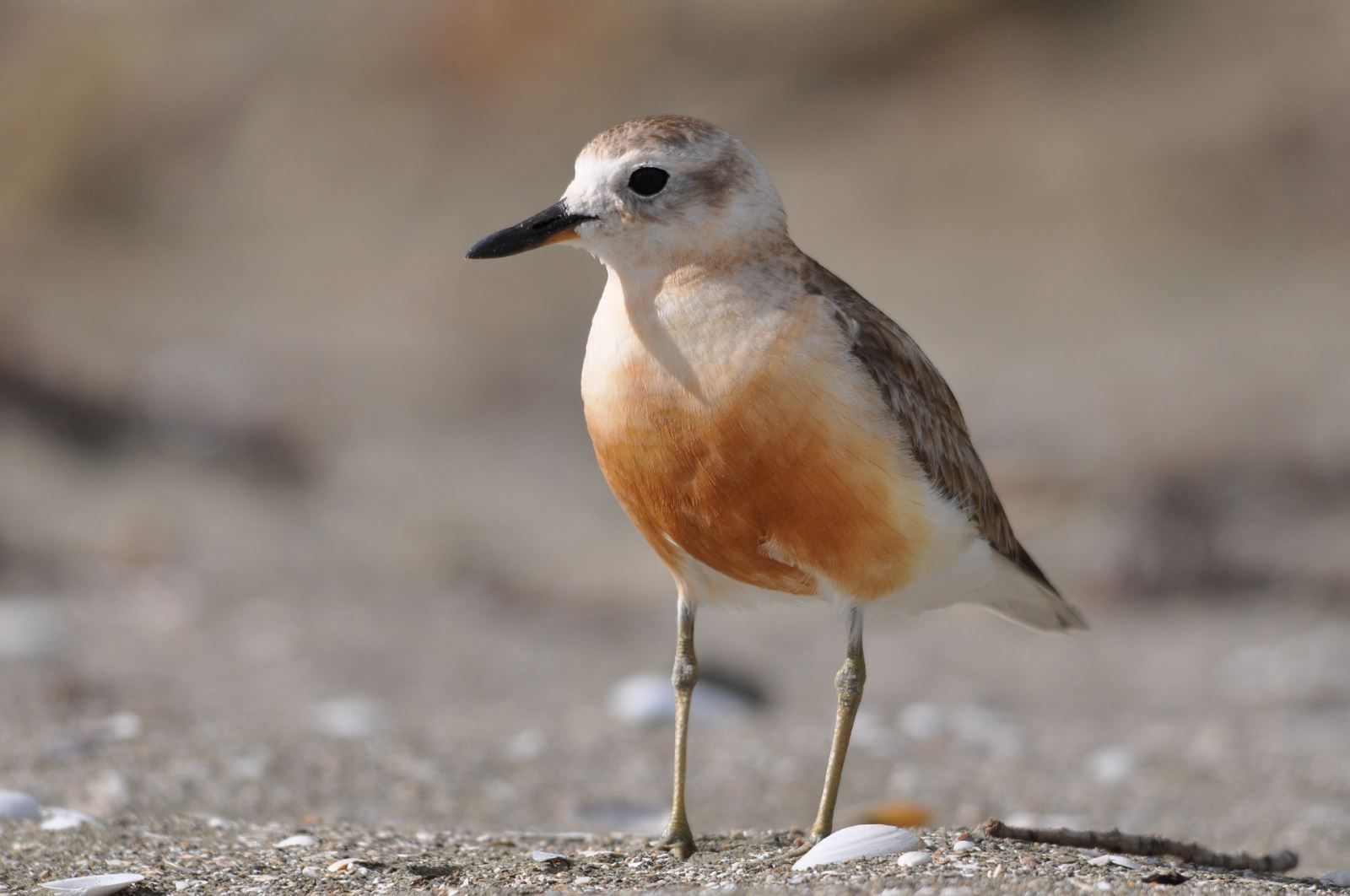
Urban and beachfront developments
The increased development of houses, roads, hotels, restaurants, boardwalks, and other such construction on coastal and beachfront regions have disturbed these habitats and eliminated the homes of so many species.
For example, piers have been built on top of coral reefs, damaging these marine homes, people have taken over beaches and coastlines, forcing turtles to try and find new nesting sites, and surrounding vegetation has been removed to make way for buildings. This has all affected the behaviour and survival of wildlife with the decreased food, shelter, and increased pollution.
Extracting sand
Sand is extracted as a way to make building materials like concrete blocks. This process leads to the destruction of ocean, coastal, and beach habitats, along with the animals that live there.
Sand extraction physically alters these habitats and causes erosion, which affects the lives of several species, including fish, dolphins, and crustaceans (crabs, shrimp, crayfish, etc.).
This erosion also leaves beaches and coastal areas more vulnerable to damage from storms and floods.
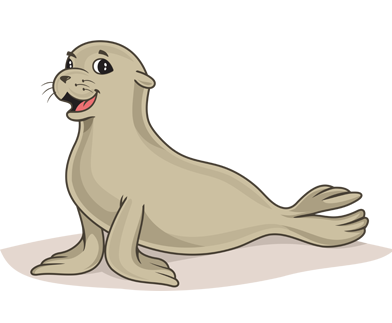














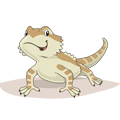
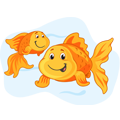
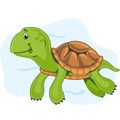
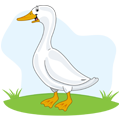

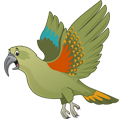
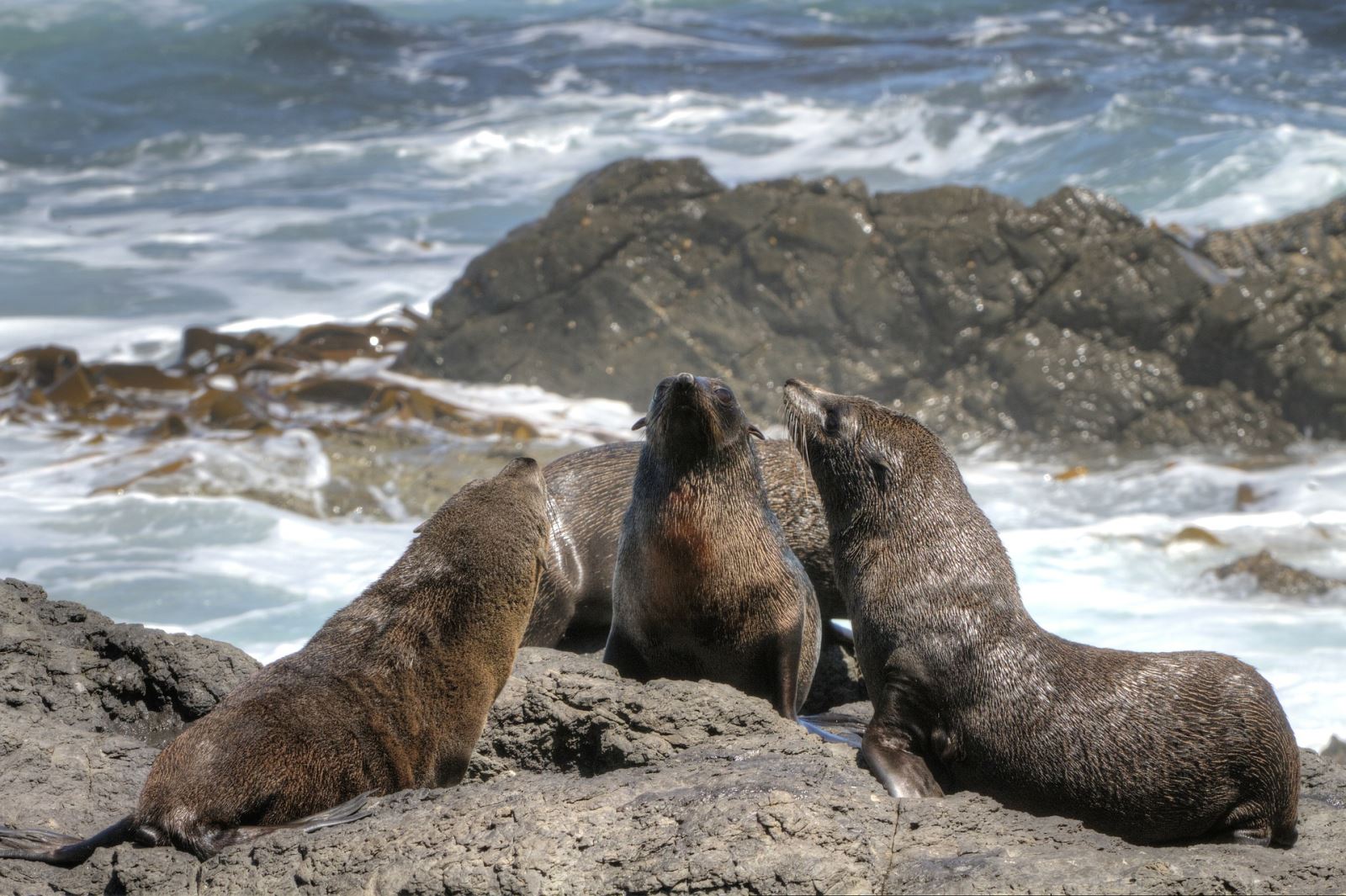
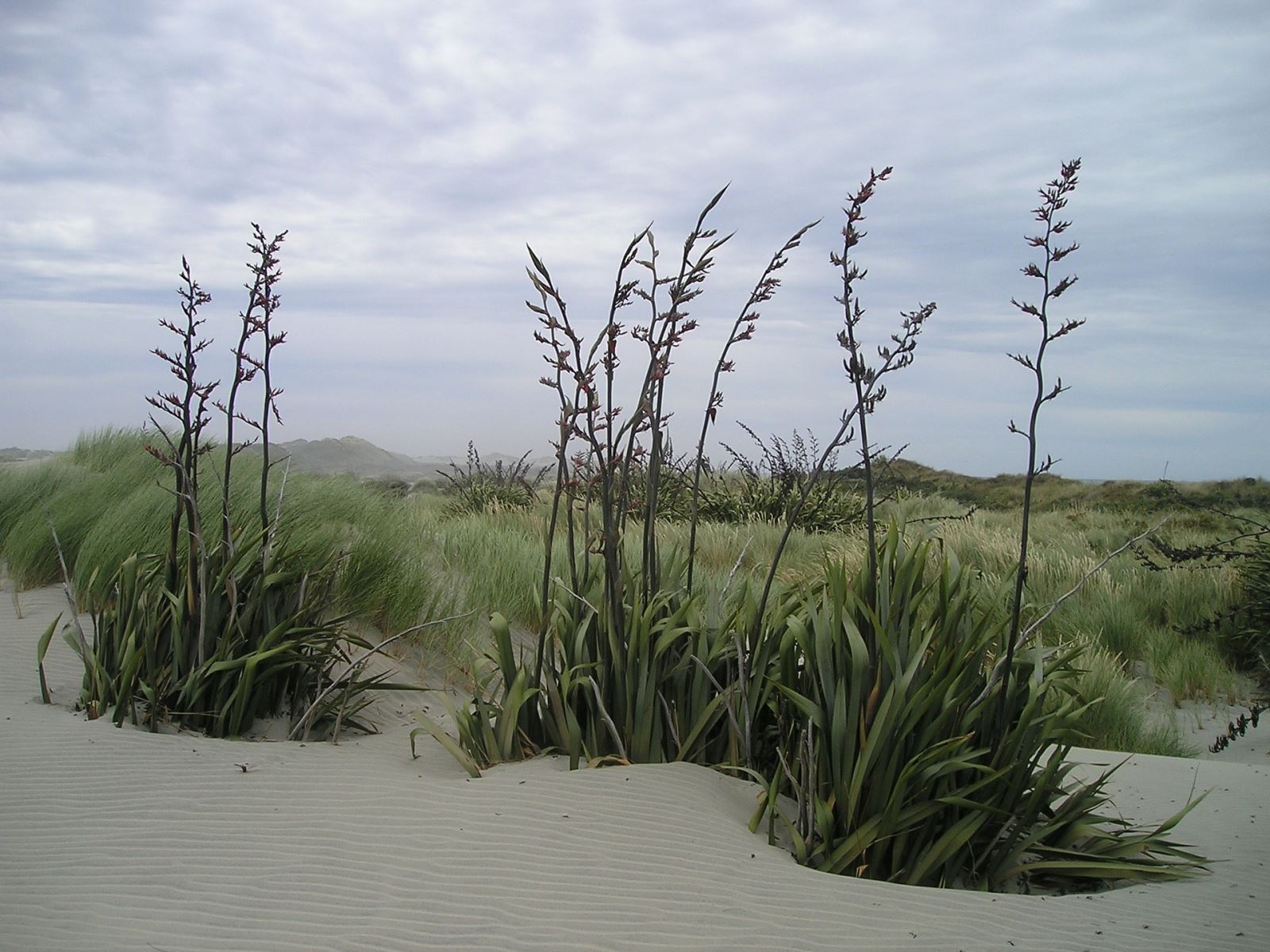
.jpg)


.jpg)
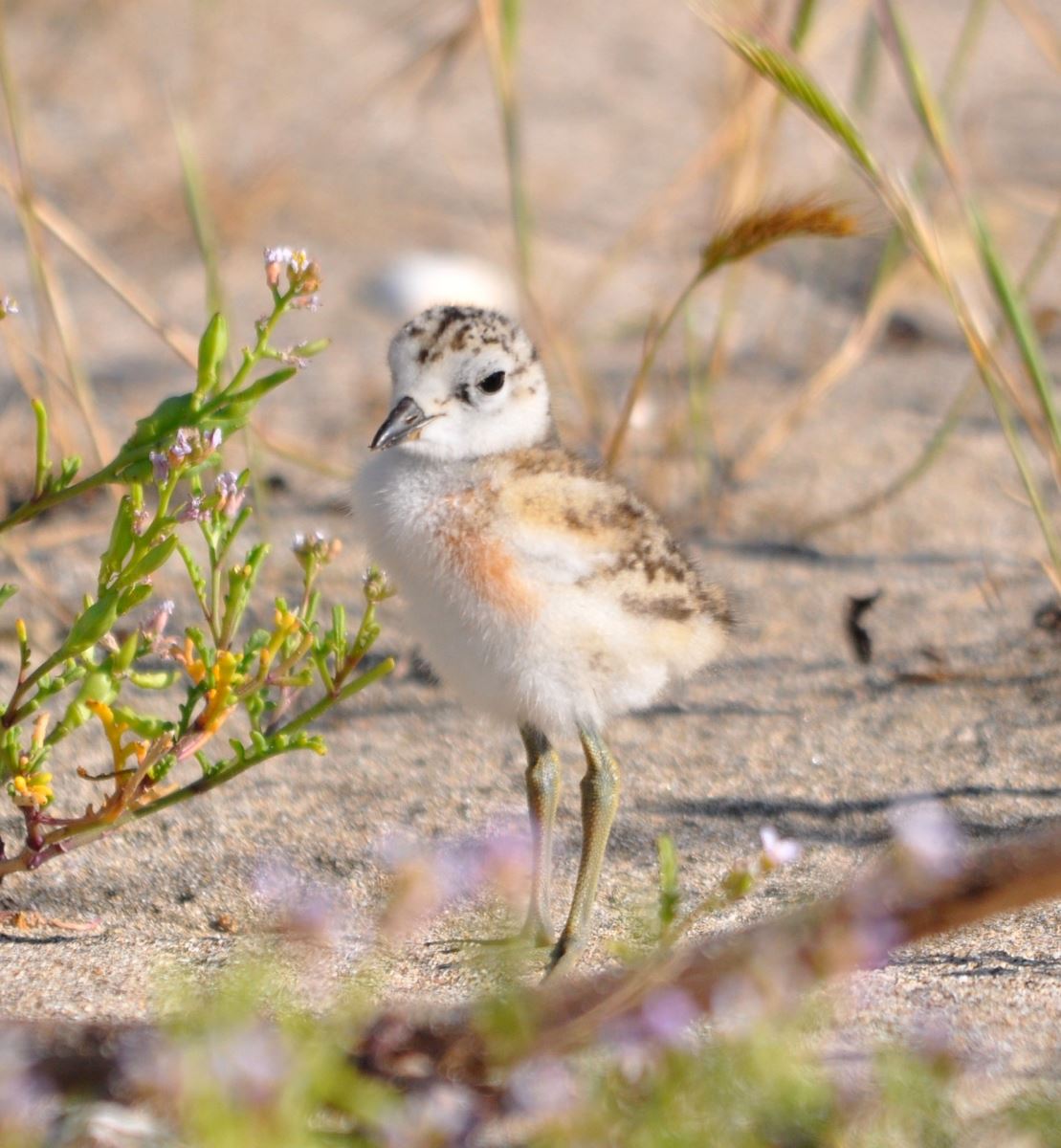
.jpg)

